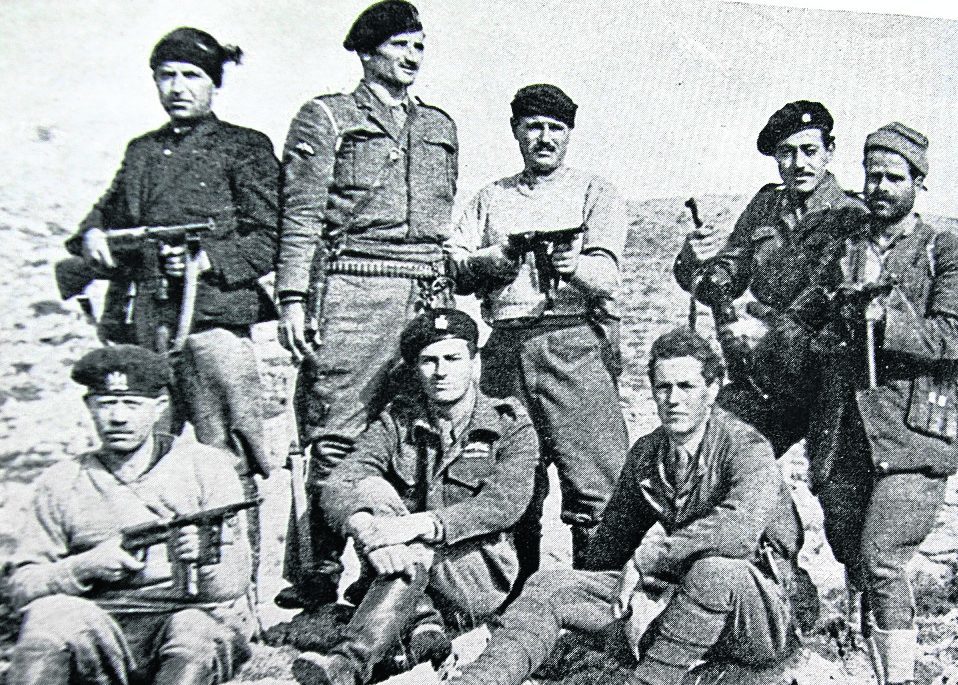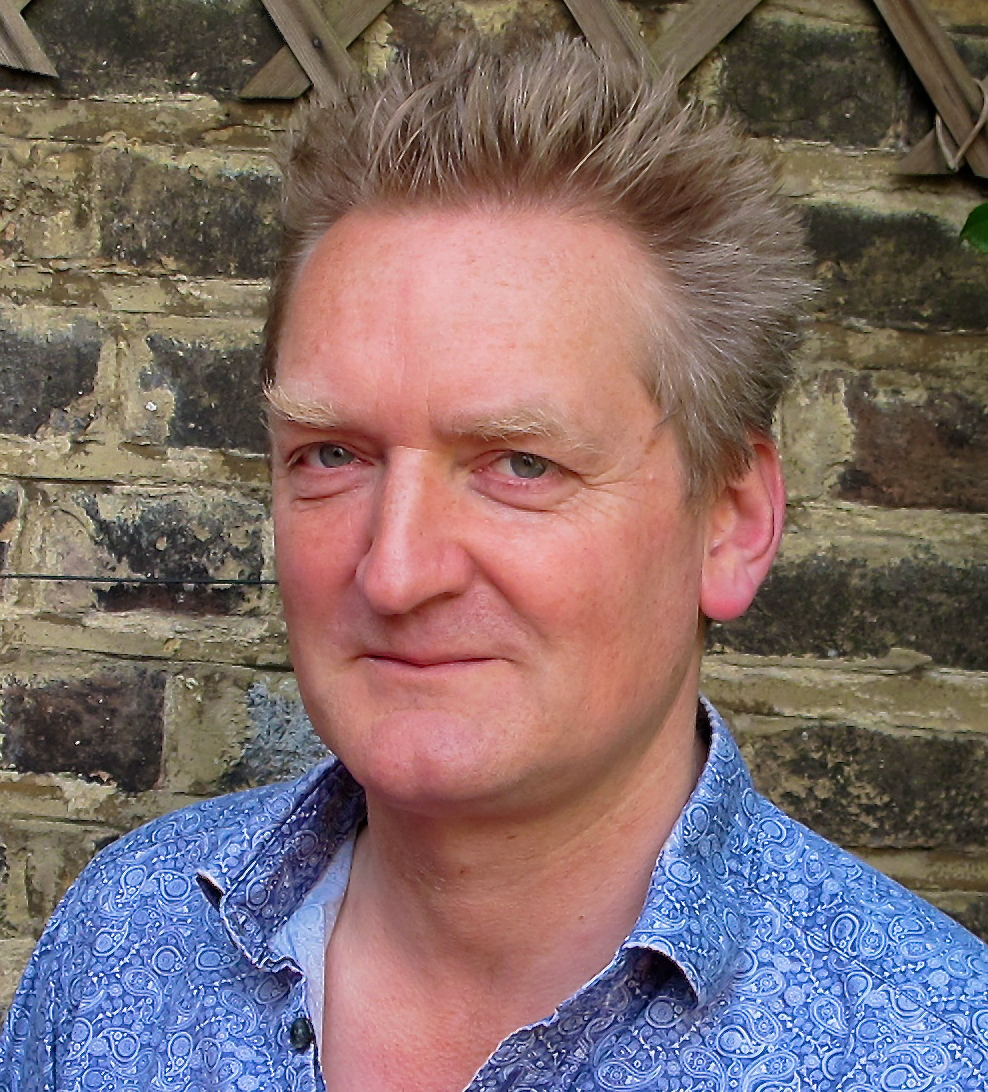
THE Special Operations Executive’s work was so secretive that even senior government ministers had no idea it existed.
Giles Milton, author of new bestseller The Ministry of Ungentlemanly Warfare (John Murray, £20), tells Bill Gibb the Honest Truth about the SOE.
When was the SOE founded and why?
It was set up in 1940 and its role was to come up with an entirely new way of warfare, one in which there was no rule book and anything was permissible. The men and women of the SOE were basically given carte blanche to do whatever they wanted.
Whose idea was it?
It was very much Winston Churchill’s baby. He believed that when you were fighting an enemy like the Nazis, anything should be considered.
Britain was in a disastrous position after Dunkirk and there was a feeling that the only way to strike back was to be deviously creative.
Who ran it?
Six men directed it but Colin Gubbins was the driving force. He was in charge of operations, planning and training, and he ended up as head of SOE.
He was a remarkable figure, a Highlander who had fought against the Bolsheviks and who was fascinated by Al Capone and his gangsters.
He wanted to take the elements of guerrilla warfare they were using and incorporate them into his own operations.
What other Scottish connections were there?
A lot of the training bases were in Scotland but the one I focus on in the book was Arisaig House.
It was known as “the killing school” and it’s where the saboteurs were trained in all the dark arts of murder, assassination and blowing things up.
It was detested by the regular army who hated this kind of ungentlemanly warfare.
Why was it chosen?
It was a secluded country house where the rule book was torn up. I was on Arisaig bay a few weeks back and it’s wonderfully isolated but also the perfect spot for amphibious operations.
They could get on with things without any risk of being detected.
Even by wartime standards, the level of secrecy seems remarkable.
That’s because it was so controversial. Within the British establishment, the government and the army, there was a feeling that this was just wrong and SOE should not exist.
There was still a feeling then of fighting a gentleman’s war.
Tell us about their successes.
The raid on the heavy water plant in Norway, which was filmed as The Heroes of Telemark, was probably their most audacious and successful operation.
Blowing it up effectively deprived Hitler of getting an atomic bomb. Churchill himself said the raid was of crucial importance.
It was incredibly difficult but the saboteurs not only succeeded, they all got away and made it back to the UK.
And another?
They were responsible for the assassination of top SS officer Reinhard Heydrich, a real favourite of Hitler. It was deeply controversial.
Ministers who knew of it said it smacked of “war crimes business”.
SOE went ahead anyway and built a very dirty bomb, light enough to be thrown but powerful enough to explode under Heydrich’s armour-plated Mercedes and kill him with shrapnel.
How do you assess SOE’s importance?
It definitely shortened the war and made it less costly.
Certainly in the aftermath of the D-Day landings on June 6, 1944, the role of sabotage and guerrilla warfare played an absolutely critical role in the Allies being able to establish and hold on to their beachhead.
Colin Gubbins was adamant that with just a few highly-trained men and women he could cause far more damage to the Nazis than blanket bombing raids could ever achieve.
READ MORE
How Oor Wullie inspired The Guid Freendly Giant!

Enjoy the convenience of having The Sunday Post delivered as a digital ePaper straight to your smartphone, tablet or computer.
Subscribe for only £5.49 a month and enjoy all the benefits of the printed paper as a digital replica.
Subscribe